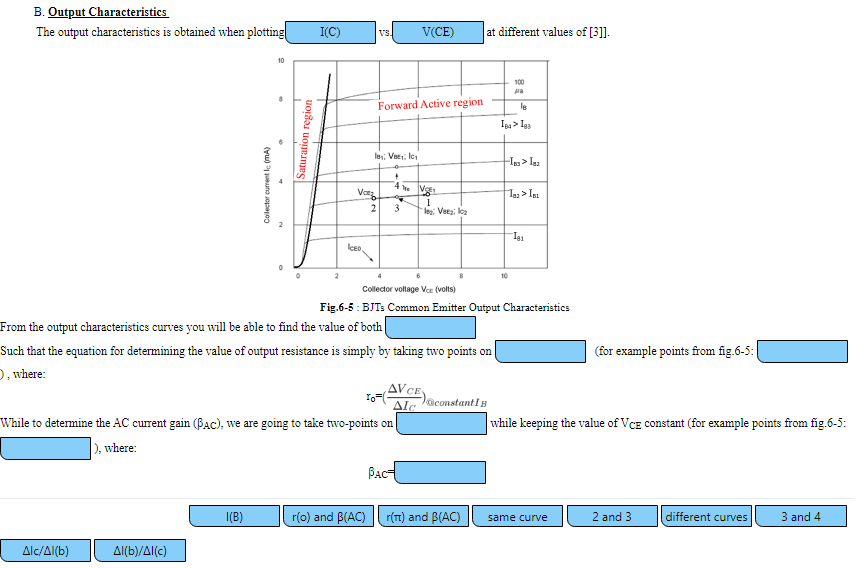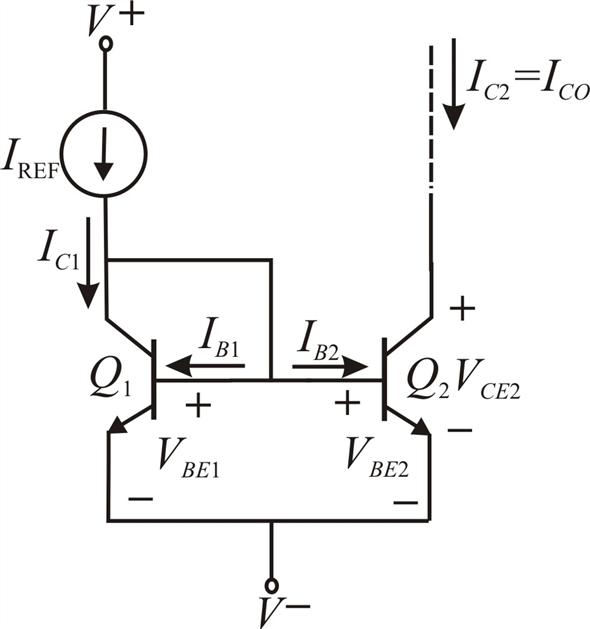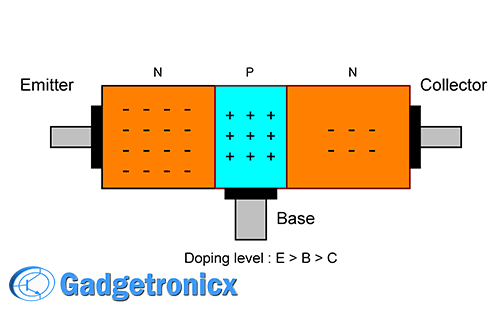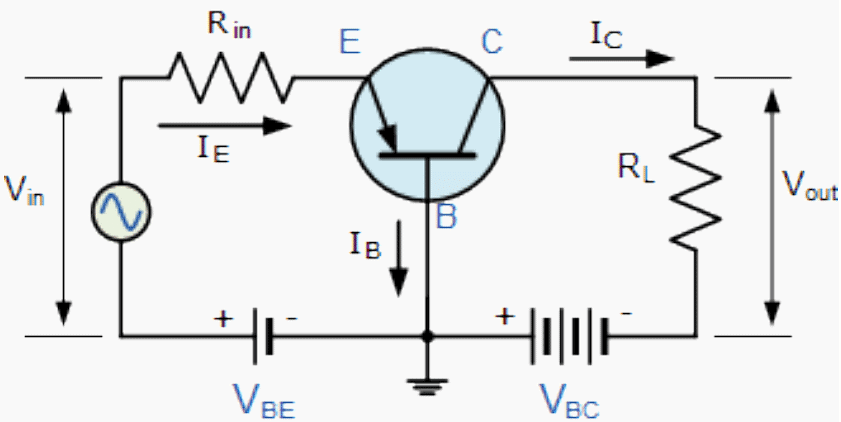Solved Conclusion There are two types of BJT transistors Circuit Diagram What is a Bipolar Junction Transistor (BJT)? A bipolar junction transistor( BJT) is a directly junctioned electronic device generally applied in revision and switching circuits. It's composed of alternate layers formed by either P- type or N- type semiconductors and comprises three regions: the emitter, the base, and the collector. The Bipolar Junction Transistor or BJT, is a solid-state current-controlled device which can be used to electronically switch a circuit, you can think of it as your normal Fan or Light switch, but instead of you turning it on manually it can be controlled electronically. Technically speaking, BJT is a three-terminal device with an Emitter

What is a Bipolar Junction Transistor (BJT) and how does it work? The transistor is classically defined as a three-terminal semiconductor device that operates as a linear amplifier, oscillator, or digital switch. To intuitively understand transistors, you will need to build a circuit. Start by building the beginner transistor circuits How To Choose a Transistor. The NPN transistor is the most common of the Bipolar Junction Transistors (BJT).But there is another one called a PNP transistor that works the same way, just that all the currents are in the opposite direction.. When choosing a transistor, the most important thing to keep in mind is how much current the transistor can support. In order for a transistor to properly function as a current regulator, the controlling (base) current and the controlled (collector) currents must be going in the proper directions: meshing additively at the emitter and going in the direction of the emitter arrow symbol. RELATED WORKSHEET: Bipolar Junction Transistor (BJT) Theory Worksheet

Introduction to Bipolar Junction Transistors (BJT) Circuit Diagram
device and it comes in two general types: the Bipolar Junction Transistor (BJT) and the Field Effect Transistor (FET). Here we will describe the system characteristics of the BJT configuration and explore its use in fundamental signal shaping and amplifier circuits. The BJT is a three terminal device and it comes in two different types. The npn The BJT Transistor as a Switch. To use a bipolar junction transistor as a switch, use the common emitter configuration: Emitter: Connected to the ground (0V reference). Collector: Connected to the load (e.g., a lamp). Base: Connected to the control signal (e.g., push button, microcontroller). Load: Connected between the collector and the supply

In the second installment of this series, we will explain Vceo (collector-emitter voltage) and Vces (collector-emitter breakdown voltage).. Collector-emitter voltage Vceo. Vceo is the breakdown voltage when the depletion layer that spreads from the base to the emitter and the depletion layer that spreads from the EB junction to the base collide. (See Figure 5 on the left below) Variability in Current Gain: β can vary widely among transistors of the same type. Saturation Mode: In saturation, R CE approaches zero, causing V CE to be almost zero. Frequently Asked Questions 1. What is the purpose of using a BJT in a circuit? A BJT can act as an amplifier to increase signal power or as a switch to control circuit flow. 2.
